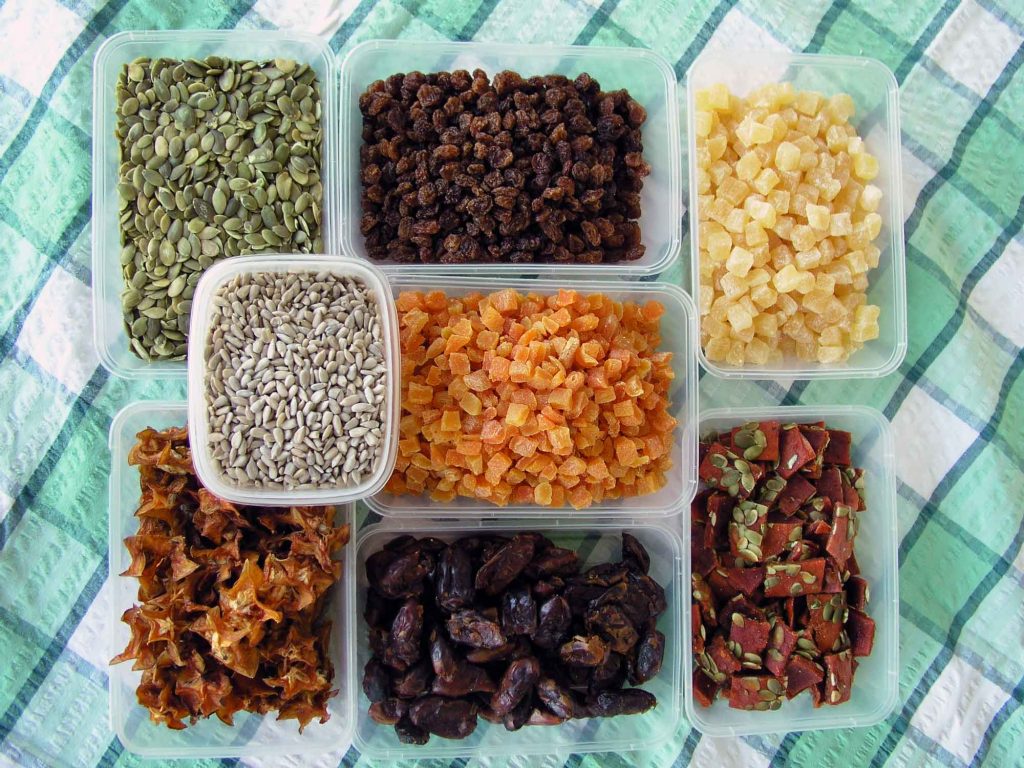There are many methods of preserving excess garden produce.
Ask your grandmother or great aunt what they did with bounty from the garden, and they are sure to tell you that it was shared with neighbours and relatives. Bumper crops were made into pickles, preserves and jams. Kitchen pantry shelves soon became lined with small and large jars. This wonderful array of conserves and preserves were an essential part of many homes, needed to feed the family and to make ends meet. My dictionary explains the meaning of conserve as: to keep in a safe or sound state; preserve from loss, decay or waste. As I grew up on a farm, I well remember spending many hours helping my mother cut up the fruit and vegetables that we grew to make into a variety of conserves. Working long hours on the farm was part of farm life (prior to the days of TV) and this hard work, knowledge and experience, learnt from my parents, is something I am grateful for. Those early years of farming life modelled my future and my desire to grow food for my own family.

There are a number of ways of conserving foods that will enable us to enjoy the produce of our labour, help extend our food supplies, and cut weekly budget costs, over many months. Naturally, the more produce we can pick from the garden and eat absolutely fresh, the more beneficial to health. However, in cold and temperate climates, a variety of foods from the garden all year round is not so easy to grow; therefore, preserving produce is a practical method of storing for later use.
As mentioned previously, freezing, drying, making sauerkraut and fermented foods are useful ways of storing the garden harvest (see p 28). These methods give some of the best ways of preserving food to retain the nutrient content. If we are faced with hard times in the future, we may need to consider any method by which food is protected against spoilage by oxidation, moulds, bacteria, and micro-organisms. Herbs and spices may be used to add flavour, and also for their antioxidant and anti-microbial properties, which will help to preserve the produce.
Other traditional methods of preserving foods, which include the use of sugar, vinegar and salt, or oil, will mean some of the nutrients are lost in the cooking and pickling process, and the preserves will be quite acidic to the body. These preserves may also be high in kilojoules and glycaemic index, particularly jams because of the high sugar content. Your own preserved produce will taste far better than store-bought products, and without the artificial additives. However, as these conserves are generally added to the daily diet as a condiment in a small quantity, to serve on bread, a dollop on the plate, or to season a meal, this will mean we are not consuming them in large quantities.
… … omitted text, please see How can I be prepared with Self-Sufficiency and Survival Foods? for full text.


